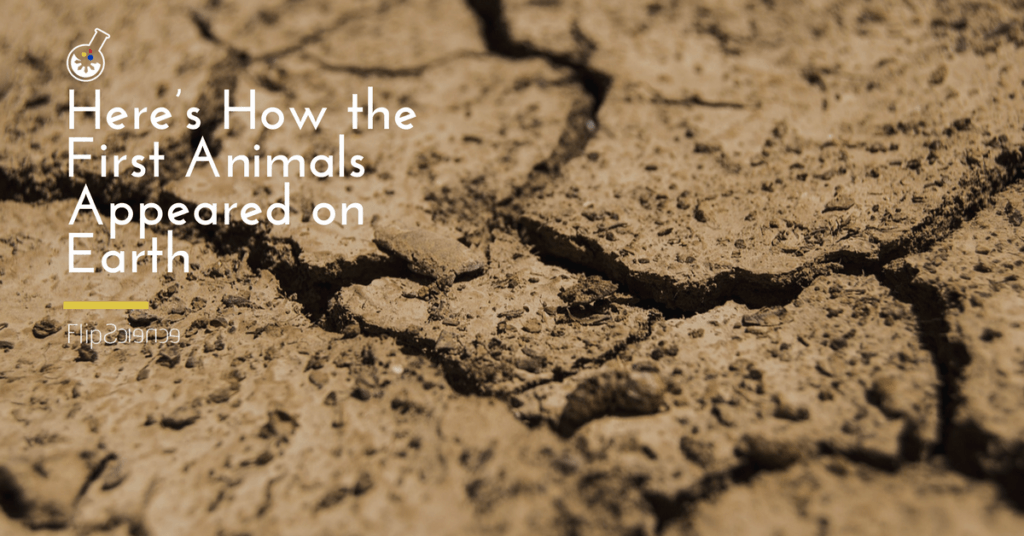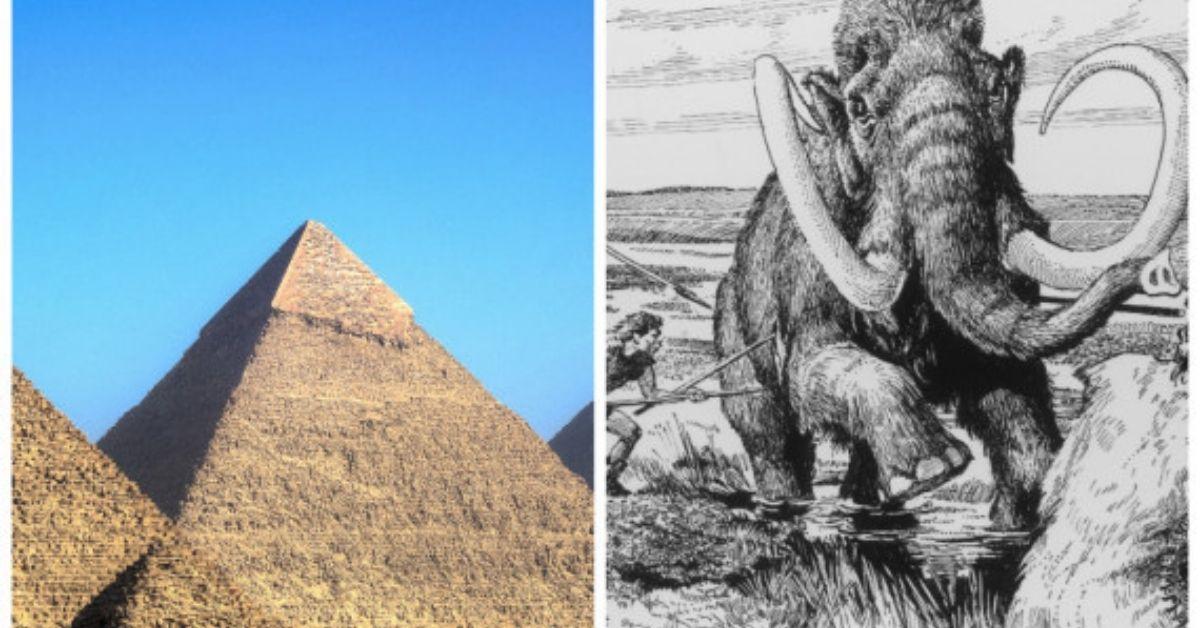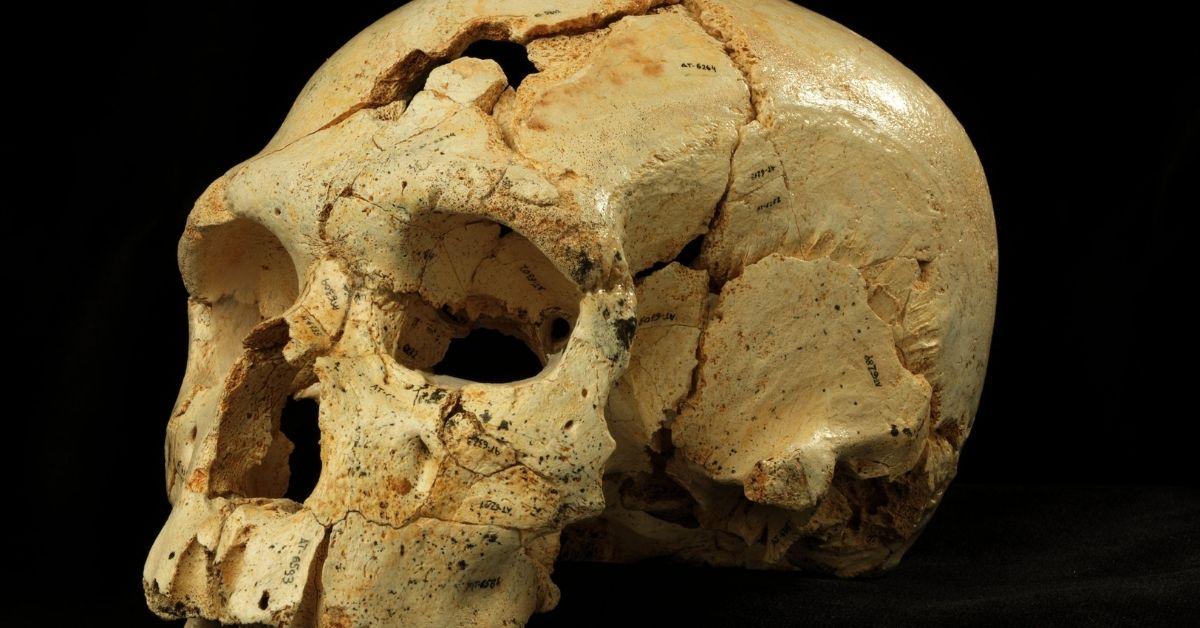Humanity and the life we see around us – from our lovable pets to the wonderfully exotic creatures we only see on the internet – may not have come to exist, if it weren’t for specific circumstances in the Earth’s history that gave rise to the first animals on the planet.
According to a recently published paper in Nature, the mystery of exactly what brought about the appearance of the first animals on Earth may have been solved by a team of researchers from the Australian National University (ANU).
The answer? Algae. Rather, the spread of algae in the ocean, which led to “a revolution of ecosystems.”
Rock study
The key to solving this mystery came in the form of ancient sedimentary rocks from Central Australia.
“We crushed these rocks to powder and extracted molecules of ancient organisms from them,” said lead researcher Dr Jochen Brocks. “These molecules tell us that it really became interesting 650 million years ago.”
Dr Brocks, an Associate Professor from the ANU Research School of Earth Sciences, claims that without the sudden abundance of algae in the ocean’s ecosystem, the emergence of human civilisation and the world as we know it would not have been possible.
Snowball Earth: A “cold” lead on the “first animals” mystery
“Before all of this happened, there was a dramatic event 50 million years earlier called Snowball Earth,” Dr Brocks explained. “The Earth was frozen over for 50 million years. Huge glaciers ground entire mountain ranges to powder that released nutrients, and when the snow melted during an extreme global heating event rivers washed torrents of nutrients into the ocean.”
Dr Brocks said that this sequence of events led to two conditions that made the spread of algae possible. These were a stable, hospitable temperature and high levels of nutrients in the ocean.
According to Dr Brocks, this was where the world slowly began to introduce more complex lifeforms into its biodomes. This led to the first animals showing up on Earth. “These large and nutritious organisms at the base of the food web provided the burst of energy required for the evolution of complex ecosystems.”
Meanwhile, co-lead researcher Dr Amber Jarret from the ANU Research School of Earth Sciences discovered further evidence that the rocks may be directly linked to the period just after Snowball Earth melted.
“In these rocks we discovered striking signals of molecular fossils,” said Dr Jarrett. “We immediately knew that we had made a ground-breaking discovery that snowball Earth was directly involved in the evolution of large and complex life.”
The team presented the findings at the Goldschmidt Conference in Paris, France on August 15, 2017. — MF
Author: Tomas Pedrosa
A graduate of Information Design, a versatile writer, and an avid gamer, Tomas prides himself in his willingness to gain new experiences and perspectives, and to apply what he learns in his other pursuits. Curiosity, interest, and obsession—these are the mile markers that keep him going down his road.










